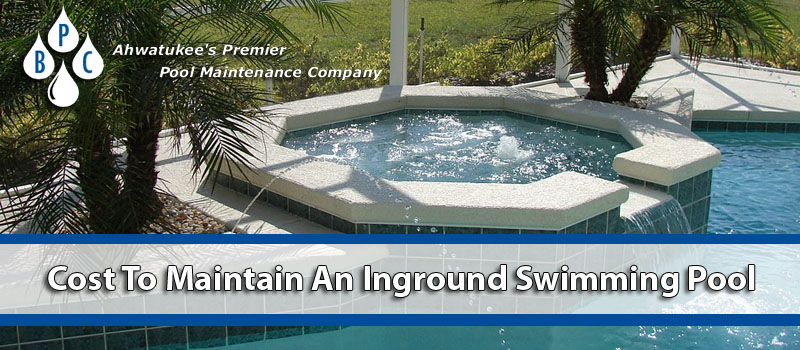Having a pool is a great luxury, but it’s important to understand the costs involved in maintaining it. From regular cleaning to chemical treatments, pool maintenance requires ongoing investment. Let’s break down the various factors that contribute to the cost of maintaining a pool.
Cost Factors
When considering the cost of pool maintenance, several factors come into play. These include:
| Factors | Details |
|---|---|
| Size of the Pool | The larger the pool, the more chemicals and water it requires, leading to higher maintenance costs. |
| Geographical Location | Climate and local maintenance service rates can impact the overall cost. |
| Pool Type | Factors such as whether the pool is indoor or outdoor, above ground or in-ground, will affect maintenance costs. |
| Frequency of Use | The more the pool is used, the more maintenance it will require. |
| Equipment and Accessories | Types of filters, pumps, and additional features like waterfalls or lighting can add to maintenance expenses. |
Types of Maintenance Costs
The costs of maintaining a pool can be broken down into several categories:
- Chemicals: Regular addition of chemicals such as chlorine, pH balancers, and algaecides is essential for water quality. These costs can range from $50 to $150 per month.
- Equipment Maintenance: Maintenance of pumps, filters, and heaters can cost between $500 and $1000 annually.
- Water: Refilling the pool due to evaporation or drainage can add $300 to $500 to the annual maintenance cost.
- Cleaning: Pool cleaning service or maintenance supplies can amount to $80 to $150 per month.
- Utilities: Increased use of electricity and water for filtration and heating raises monthly utility bills by $30 to $150.
- Repairs: Unexpected equipment repairs and damage can add thousands of dollars to maintenance expenses.

Credit: www.brianspoolcare.com
Ways to Reduce Costs
Although pool maintenance can be costly, there are ways to keep these expenses in check. Regular maintenance and preventive measures can help avoid expensive repairs and equipment replacements. Here are some tips to reduce pool maintenance costs:
- Proper Chemical Balance: Regular testing and maintaining proper chemical balance can prevent algae growth and pump strain, reducing long-term maintenance costs.
- Invest in Energy-Efficient Equipment: Upgrading to energy-efficient pumps and filters can lower utility costs.
- Regular Cleaning: Routine skimming and vacuuming can reduce the need for professional cleaning services.
- Invest in a Pool Cover: Using a pool cover when the pool is not in use minimizes evaporation, reducing the need to refill the pool frequently.
- Annual Maintenance Inspections: Scheduling annual inspections can help identify potential issues early, preventing larger, more costly problems in the future.

Credit: www.citizensbank.com
Conclusion
In conclusion, the cost of maintaining a pool can vary widely based on several factors such as pool size, geographical location, and frequency of use. While it’s important to budget for regular maintenance costs, investing in preventive measures can help reduce long-term expenses. By understanding the various cost factors and implementing cost-saving strategies, pool owners can enjoy their oasis without breaking the bank.





